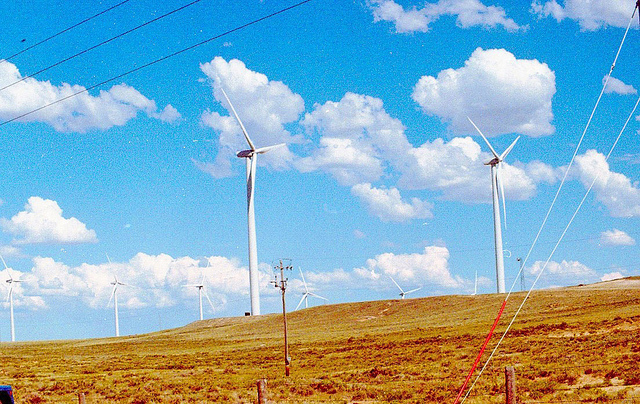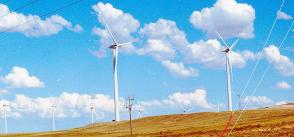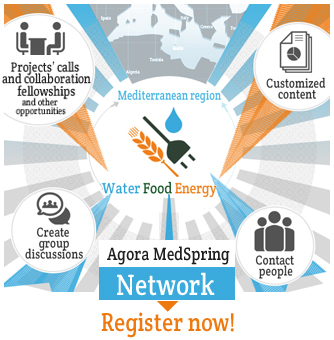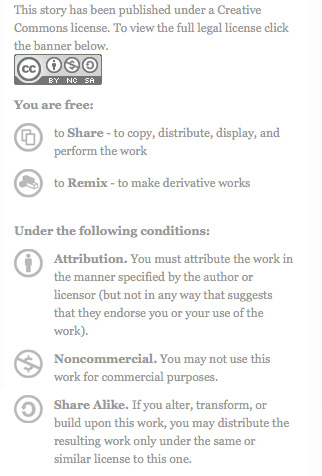
Planning for Solar and Wind
Spurred by ambitious national commitments, international agreements and rapid technological progress, governments are increasingly choosing renewable energy to expand their countries’ power infrastructures. In 2014, renewables provided 23% of power generation worldwide, and with the adoption of more ambitious plans and policies, this could reach 45% by 2030.
Amid this accelerating transition, the variability of solar and wind energy — two key sources for renewable power generation — presents new challenges. It also raises questions, like ‘How do you power a country when the wind isn’t blowing or the sun isn’t shining?’ and ‘How does variable power fit with the delivery of reliable electricity?’
IRENA’s new report, Planning for the renewable future: Long-term modelling and tools to expand variable renewable power in emerging economies, released during the 2017 World Future Energy Summit, offers guidance to energy decision makers and planners on large-scale integration of variable renewables into the power grid. It also advises energy modellers on practical VRE modelling methodologies for long-term scenario planning.
Read the full article via IRENA web site.
[Photo by whynotwind | Flickr]







